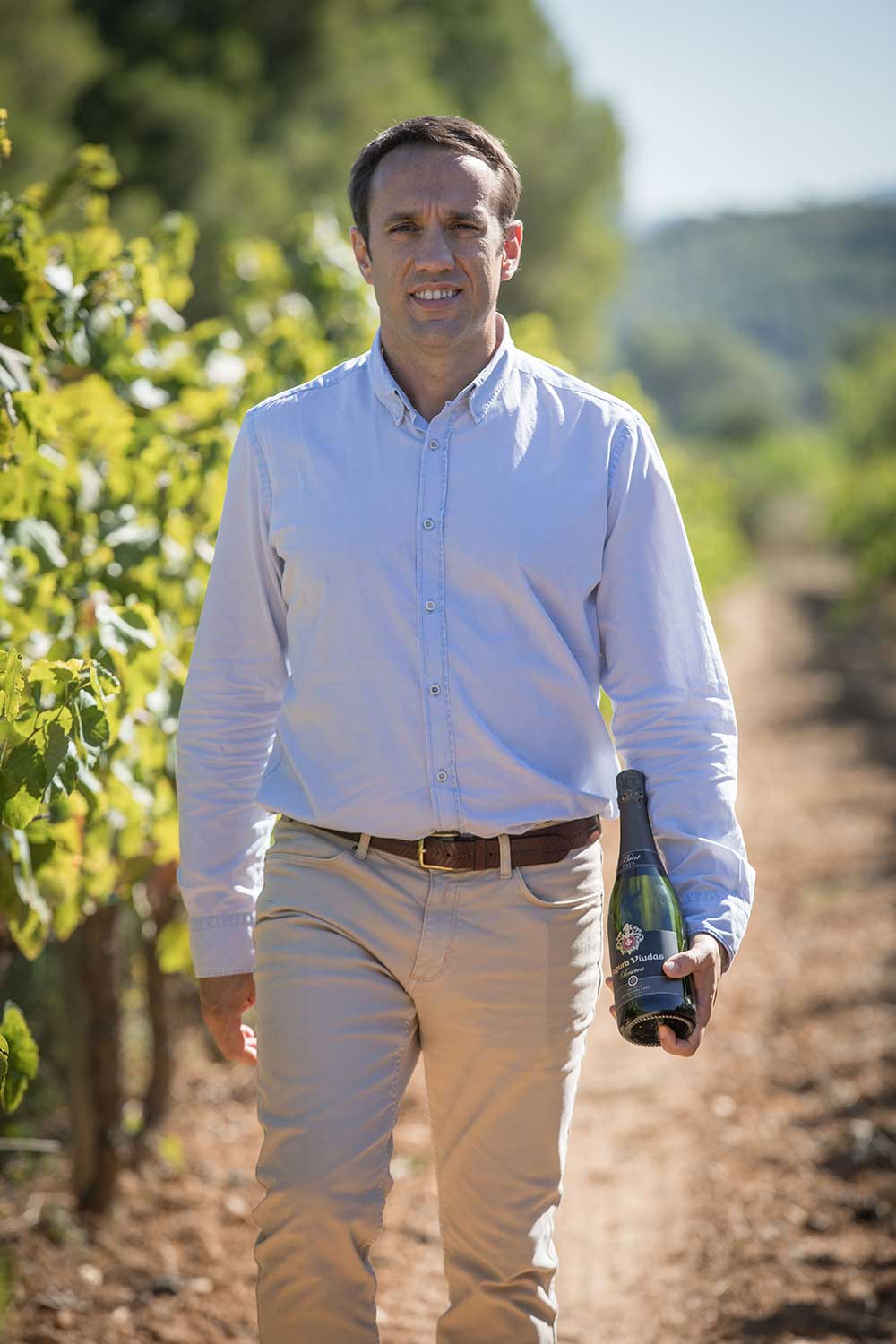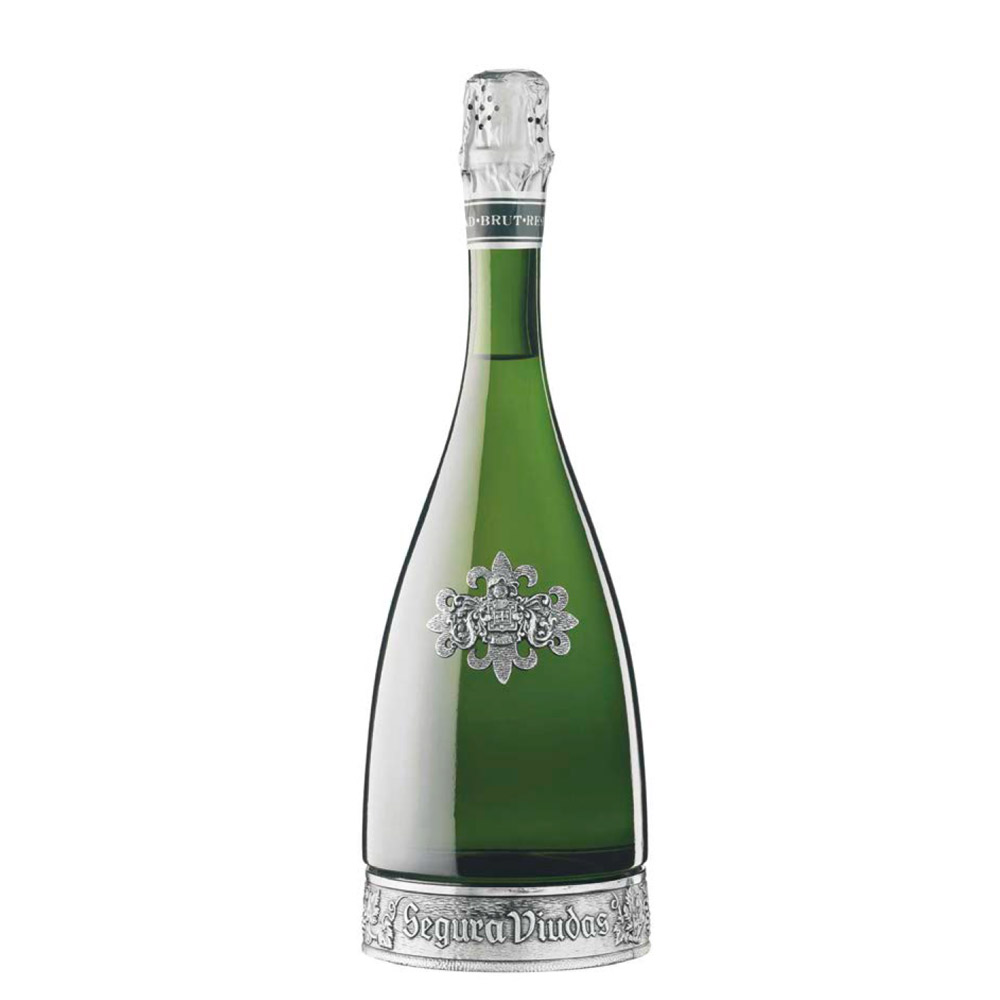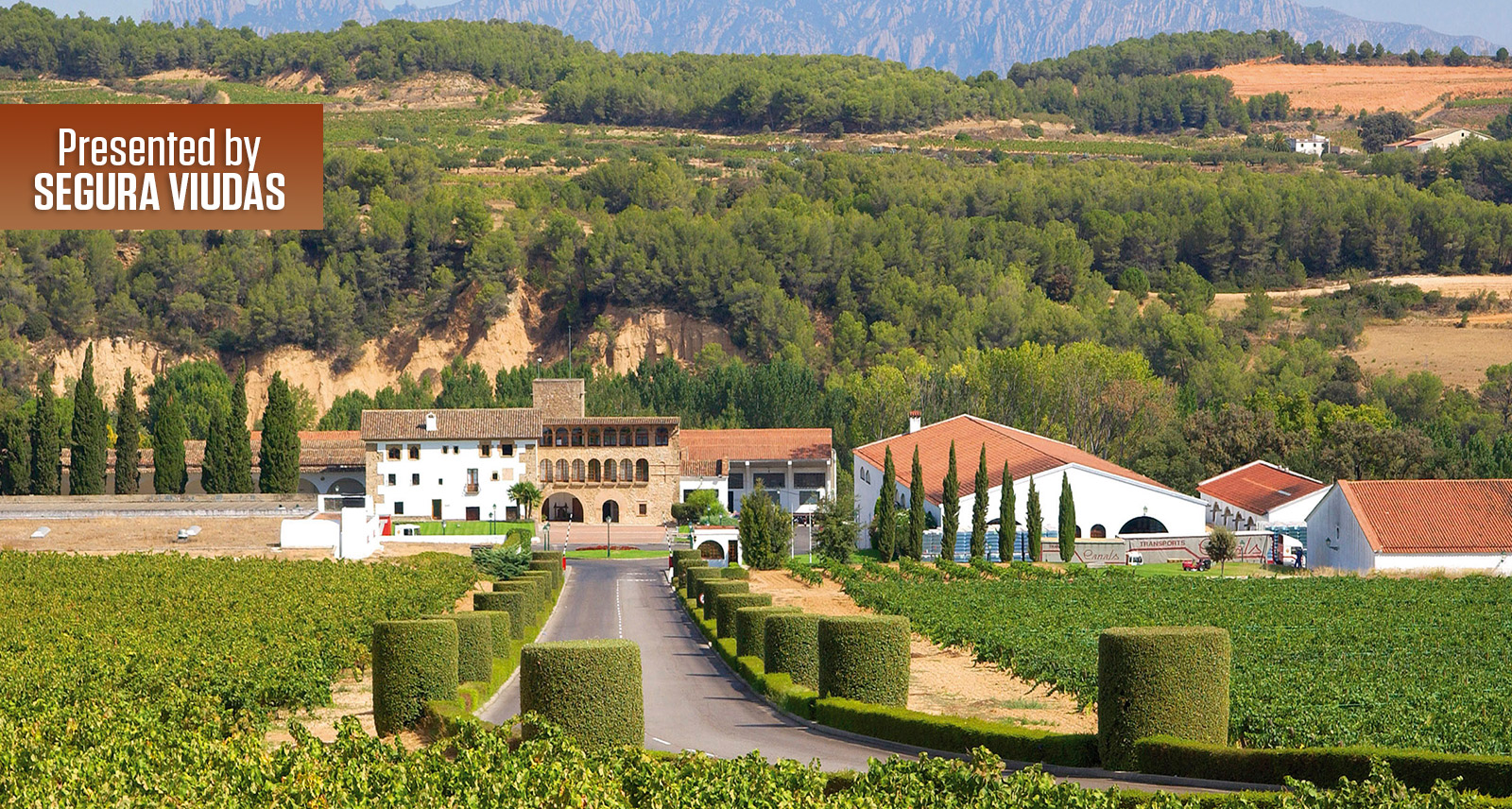Ask a Winemaker Part 1: Miquel Salarich of Segura Viudas Turns to Tradition to Make Tomorrow’s Wine
Segura Viudas & Sharp
Spain has been making wine for two thousand years. Cava, then – the country’s signature fizz for the past 150 years – is actually a modern invention. The story of Cava is one of resilience and reinvention in the midst of challenging times, and a region that found its voice by embracing its past while looking to the future. That legacy, of balancing innovation and tradition, is a part of what Miquel Salarich loves most about his role at Segura Viudas, one of the most renowned and prestigious Cava houses in Spain.
“Even though there are some hard and fast rules for making Cava, both viticulture and the craft of winemaking are constantly evolving,” says Salarich. “Not just in our winery—everywhere. The quest for excellence demands both flexibility, change and innovation, so, we are constantly experimenting and, if something works, we adopt it. Making wine is a living process, despite the rules and traditions.”

That balance is practically built into Cava’s DNA, which was invented in the late 1800s after an infamous aphid—the phylloxera—ate its way through Europe’s precious Chardonnay, Pinot Noir, Cabernet and other French grape varieties. Devastated winemakers in Catalonia, a region in the northeast of Spain bordering France, turned away from imported French grapes and started reviving ancient, nearly extinct, indigenous varieties. And this came about 150 years before rare grapes became trendy.
The native grapes they experimented with were Xarel-lo, Parellada and Macabeo, which are still the holy trinity used in both Segura Viudas’ Brut Reserva and its Heredad Reserva Brut Cava. Salarich says the grapes, Cava’s real heroes, are what give his wines their incomparable “fresh, lively and elegant” flavour profile.
Since Catalan growers and vintners were in the process of reinventing their industry, winemakers started looking for new ways to express these grapes’ character and adopted the méthode champenoise, the traditional French technique of stimulating a secondary fermentation in the bottle to add sparkle to the wine. Now many regions use that method. What sets Cava apart from its rivals around the world is the astonishingly grape-friendly terroir and mild Mediterranean climate in Spain’s northeastern coastal region, plus, the unique grapes used almost exclusively for making Cava.
We had a chance to sit down with Miquel Salarich of Segura Viudas to ask about the interplay between tradition and innovation that defines this delicious and unique wine’s heritage, and how to make the most this special product.

What’s your approach to finding a happy medium between heritage and contemporary tastes?
It’s a question of balance and respect. We make artisanal wines for consumers, in a land with a winemaking tradition that goes back over 2,000 years. When you’re aware of the rich history, you work on innovation and listen to consumers and try to strike the right balance between an authentic expression of the heritage and the modern taste for delicious, approachable wine.
What’s the best way to drink Cava?
There are no rules, really. Except that it should be chilled—I like to drink it at about five or six degrees Celsius. In Spain, people drink it with tapas, but crisp, easy-drinking Segura Viudas pairs perfectly with almost any food you can imagine, from barbecue ribs to fresh seafood and fried chicken to tacos. And many, many others.
And is the same true for the Heredad Reserva Brut Cava?
Yes, because the Heredad Reserva has been aged for more than 15 months, it’s also great with food or just enjoyed on its own—especially when you’re in the mood for a little luxury. The most important thing is that it should be enjoyed with friends and family. Segura Viudas is all about discovering something special to share with those closest to you.










